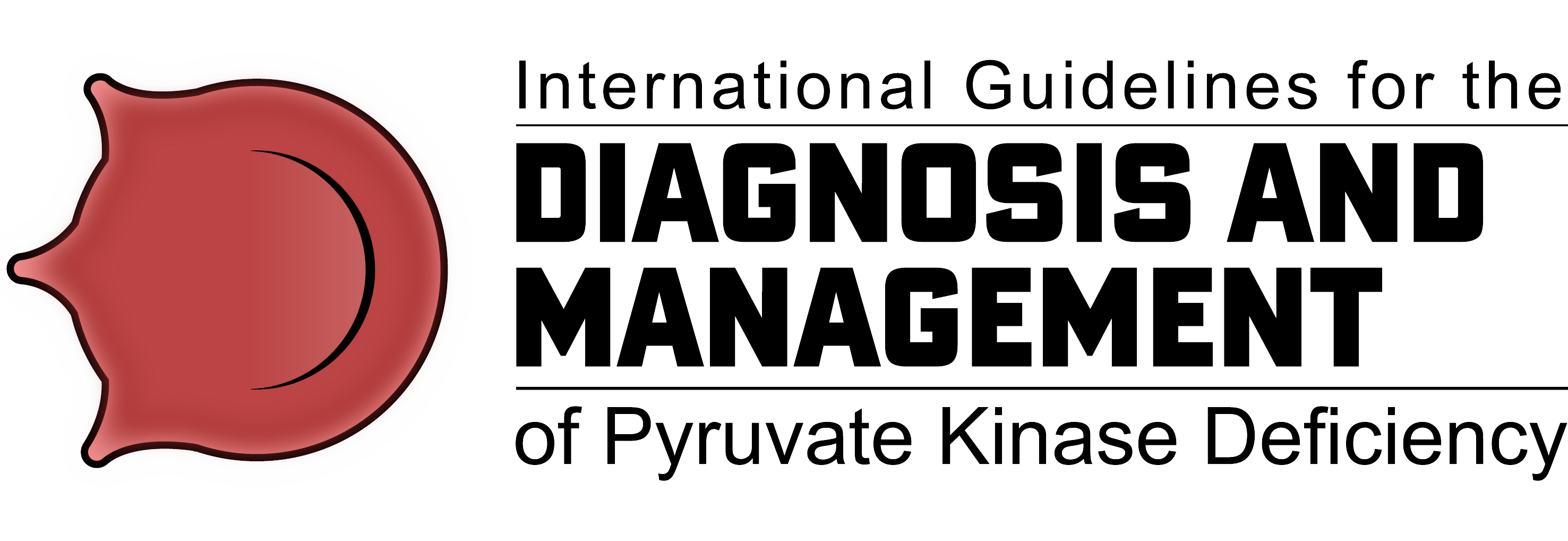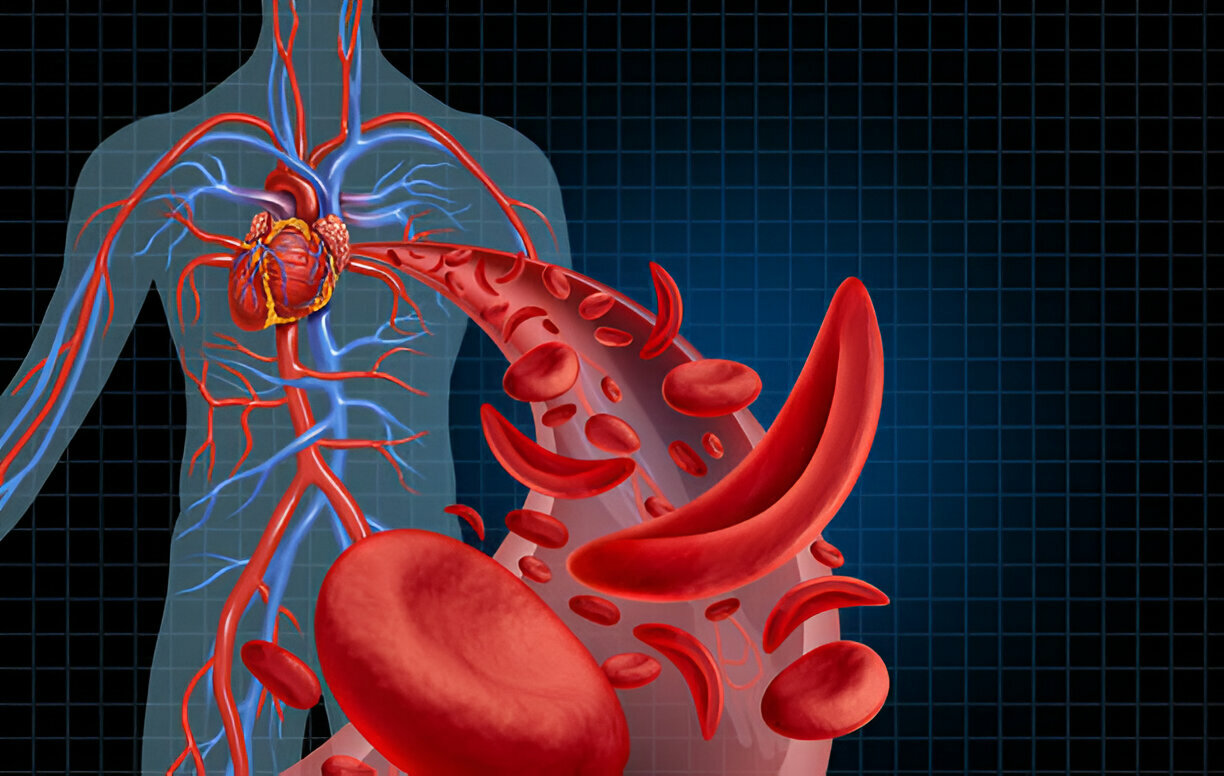Anemia is a common condition that affects millions of people worldwide. It occurs when your body lacks enough healthy red blood cells to carry adequate oxygen to your tissues. This deficiency can lead to a variety of symptoms, some of which may be subtle, while others can significantly impact daily life. Recognizing these symptoms early is essential for proper diagnosis and management.
Common Symptoms of Anemia
The symptoms of anemia can vary depending on the severity and type of anemia. Here are some of the most common signs to watch for:
- Fatigue and Weakness
One of the hallmark symptoms of anemia is persistent fatigue. This occurs because your body isn’t receiving enough oxygen to fuel energy production. Alongside fatigue, you might experience general weakness, making even simple tasks feel exhausting. - Pale Skin and Pale Nails
A noticeable paleness, especially in the face, inner eyelids, and nails, can indicate low hemoglobin levels. This symptom is often more evident in people with lighter skin tones. - Shortness of Breath
If climbing stairs or light physical activity leaves you breathless, it might be a sign of anemia. The lack of oxygen-rich blood can make it difficult for your body to meet increased oxygen demands. - Dizziness or Lightheadedness
Reduced oxygen delivery to the brain can cause episodes of dizziness or feeling faint, especially when standing up quickly. - Heart Palpitations
Anemia can cause your heart to work harder to pump oxygen-deficient blood, leading to irregular or rapid heartbeats. - Cold Hands and Feet
Poor circulation due to anemia can result in cold extremities, even in warm environments. - Headaches
Oxygen deprivation in the brain may trigger frequent headaches or migraines. - Brittle Nails and Hair Loss
Anemia can weaken your nails and cause hair to thin or fall out, reflecting the body’s struggle to support non-essential functions during oxygen shortages. - Unusual Cravings (Pica)
Some individuals with anemia develop cravings for non-nutritive substances like ice, dirt, or clay. This condition is known as pica. - Cognitive Difficulties
Difficulty concentrating, poor memory, or feeling mentally foggy are additional symptoms caused by reduced oxygen delivery to the brain.
Screening for Family Health: Pyruvate Kinase Deficiency (PKD)
Certain types of anemia, such as Pyruvate Kinase Deficiency (PKD), are inherited. Screening for family health PKD in families with a history of the condition is crucial for early detection and management. PKD is a rare genetic disorder that affects red blood cell survival, leading to chronic anemia.
Symptoms of PKD-related anemia include:
- Jaundice (yellowing of the skin and eyes)
- Splenomegaly (enlarged spleen)
- Gallstones
- Persistent fatigue and pallor
Early diagnosis is essential for managing PKD effectively.
Pyruvate Kinase Deficiency Anemia
Pyruvate kinase deficiency anemia symptoms can overlap with other forms of anemia but may include unique features such as:
- Chronic hemolysis (breakdown of red blood cells)
- Dark-colored urine
- Increased risk of infections
Management strategies for PKD often involve regular monitoring, lifestyle adjustments, and in some cases, advanced therapies like gene therapy. Staying informed about the latest treatment options is key to improving quality of life.
Common Causes of Anemia
Understanding the underlying causes can help in effective prevention and treatment. Common causes of anemia in an adult include:
- Iron Deficiency
The most prevalent type of anemia, caused by insufficient iron intake or absorption. - Vitamin Deficiency
Lack of folate or vitamin B12 can impair red blood cell production. - Chronic Diseases
Conditions like kidney disease, cancer, or autoimmune disorders can lead to anemia of chronic disease. - Inherited Disorders
Genetic conditions such as sickle cell anemia or PKD are significant contributors. - Bone Marrow Disorders
Diseases affecting bone marrow, like leukemia, can disrupt red blood cell production. - Blood Loss
Heavy menstruation, gastrointestinal bleeding, or trauma can cause significant blood loss leading to anemia.
Diagnosis and Management
Diagnosis and management of PK deficiency involves:
- Genetic testing to identify mutations in the PKLR gene.
- Blood tests to assess hemoglobin levels, bilirubin levels, and red blood cell shape.
Management strategies include:
- Regular Monitoring: Routine blood tests to track hemoglobin and bilirubin levels.
- Supportive Therapies: Blood transfusions for severe cases.
- Gene Therapy: Emerging treatments like those recently accepted by regulatory bodies.
Fanconi Anemia
Therapy application for fanconi anemia is another inherited condition that leads to bone marrow failure and anemia. Recent advances in gene therapy offer hope for patients with this rare disorder. The European Medicines Agency (EMA) has accepted applications for groundbreaking gene therapies, paving the way for innovative treatments.
Signs and Symptoms
Recognizing the signs and symptoms of anemia is the first step toward seeking medical attention. Common signs include:
- Fatigue and weakness
- Dizziness or fainting
- Rapid heart rate
- Cold extremities
- Pale skin and mucous membranes
Taking Action: Diagnosis and Treatment
If you suspect anemia, consult a healthcare provider. Diagnosis typically involves:
- Blood Tests: Complete blood count (CBC) to check hemoglobin levels.
- Iron Studies: To assess iron stores and absorption.
- Bone Marrow Tests: In cases of suspected bone marrow disorders.
Treatment options depend on the underlying cause and may include:
- Dietary changes and supplements.
- Medications to treat chronic conditions.
- Advanced therapies like gene editing or bone marrow transplants for genetic anemias.
Final Thoughts
Anemia is a complex condition with a wide range of symptoms and causes. Early recognition and appropriate management can significantly improve outcomes. Whether it’s iron deficiency anemia, PK deficiency, or a rare genetic form, staying informed and proactive is crucial.

